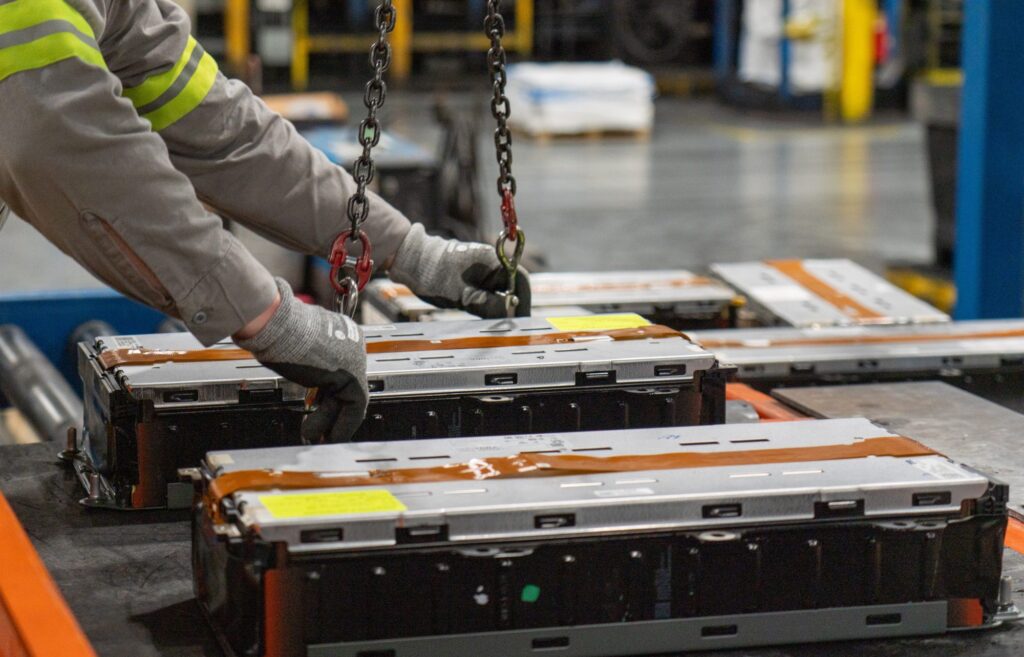CIRBA solutions highlight the importance of battery recycling and how it needs to expand to meet global demand for critical minerals.
Demand for advanced batteries has not slowed, and organizations around the world are aiming to emerge as leaders in battery recycling and critical mineral markets.
To compete globally, regions need to increase their capabilities related to the processing and improvement of critical minerals returned to their supply chains.
This increase in capacity will help increase global competitiveness, support increased demand for Gigafactory production, and close the gaps in key minerals (such as nickel, cobalt) found in manufacturing.
The global need to increase battery recycling capabilities
On a global scale, the oversupply of lithium in the market is nearing its end, and it is expected that key mineral markets will begin to experience supply shortages as early as January 2026.
By 2030, lithium will see a supply-demand gap that is considered high risk due to the high geopolitical risk factors in the country currently being supplied, according to the International Energy Agency.
Nickel consumption by the battery industry will grow at a combined annual growth rate (CAGR) of 13.1% between 2023 and 2034. Furthermore, recent market data shows that recycled content is expected to account for 23% of the global cobalt supply by 2030.
Diversification of supply chains
With all this in the pipeline, it is important to understand how recycling contributes to the needs of the entire market and the diversification and stabilization of the battery recycling supply chain.
There is already a huge amount of raw materials on the market, including batteries that are currently in devices used by consumers and communities and used by OEMs in the form of terminal and scrap batteries. It combines that with the increased capacity of handling used lithium-ion batteries that are currently happening around the world. Countries can strengthen their supply chains by ensuring that raw materials are recycled to maintain important minerals already within their borders.
Battery recycling has received globally an increased portion of investment that will help drive the industry forward, due to its impacts related to national security, global competitiveness, and stronger supply chains when it comes to becoming a key mineral market leader.
A lot of money is spent extracting minerals from the ground, and recycling is essential to ensure that those efforts are not wasted and that those materials are used again and again.
With further perspective, the key minerals from recycled batteries used to make new batteries are expected to increase from 7% in 2024 to 26% in 2030.2.
Impact
This supply-demand gap is not limited to electric vehicles (EVs). It’s about really important minerals. For example, batteries play an increasingly important role in technological advancements, from data storage centers to power grid-equipped devices such as mobile phones, laptops, toys and more. All of these come with batteries with important minerals.
Without access to critical minerals, consumers will not be able to use their smartphones, the community will not be able to power the grid that serves residents, nor will the packages be delivered to the home.
It is important for supply chains to utilize diverse sources such as recycling to meet the expected supply and demand gaps to support ongoing battery production and technology advancements.
reference
https://www.fastmarkets.com/insights/facing-the-tightening-lithium-supply-challenge-in-2025/#:~~:text = according%20to %20fastmarkets’%20Research%20Team, Material%20Analytics%20paul%20lusty%20-siad verta Foundation 2024 Battery
Source link

